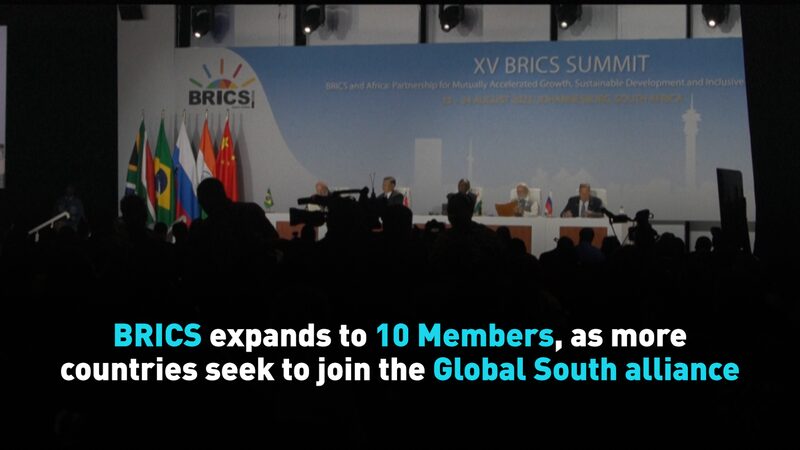Move over, traditional powerhouses—emerging economies are rewriting the rules of global growth! 🌏 Countries like China, India, and Brazil aren't just catching up; they're leading the charge in reshaping the world's economic map. Since 2000, their combined influence has tripled, and the ripple effects are reaching every corner of the planet.
The Rise of the East 📈
China and India have been flexing their economic muscles for decades, with average GDP growth rates of 9.1% and 5.9% respectively over the past 40 years. That’s like turbocharging a global economy that used to rely heavily on Western nations. By 2022, BRICS nations (Brazil, Russia, India, China, South Africa) accounted for 25.64% of the world’s GDP—up from just 10.43% in 1990. Meanwhile, the U.S., EU, and Japan saw their share drop from 53.8% to 45.3% in the same period. Talk about a power shift! 💥
Why This Matters for You 🌐
Think of emerging markets as the new Avengers of economics: when they level up, everyone benefits. Faster growth in these regions could boost global output by 0.5 percentage points—enough to lift industries from tech to tourism. Plus, urbanization and industrialization in countries with populations in the hundreds of millions are bridging development gaps and creating opportunities faster than a TikTok trend. 🏙️
With BRICS expanding its squad (🇪🇬🇪🇹🇮🇷🇸🇦🇦🇪 joined in 2024!), the world is witnessing a historic rebalancing. For young professionals, investors, and culture enthusiasts, understanding these shifts isn’t just smart—it’s essential. After all, the future isn’t just knocking; it’s kicking down the door. 🚪💨
Reference(s):
cgtn.com




